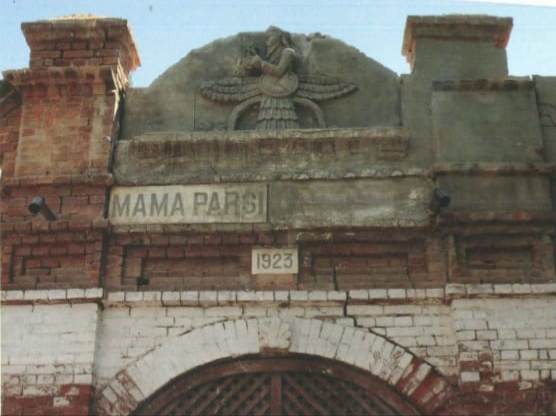
During the period of British Raj, the Parsi fire temple was built in 1923 in Sukkur city
Aziz Kingrani
Zoroastrian religion has remained the ancient religion of Iran. The followers of this religion later started calling themselves Parsis. People of this religion worship fire while the Towers of Silence and Fire Temples are important and main constructions in their religion. In this religion, the vulture bird is considered as pure.
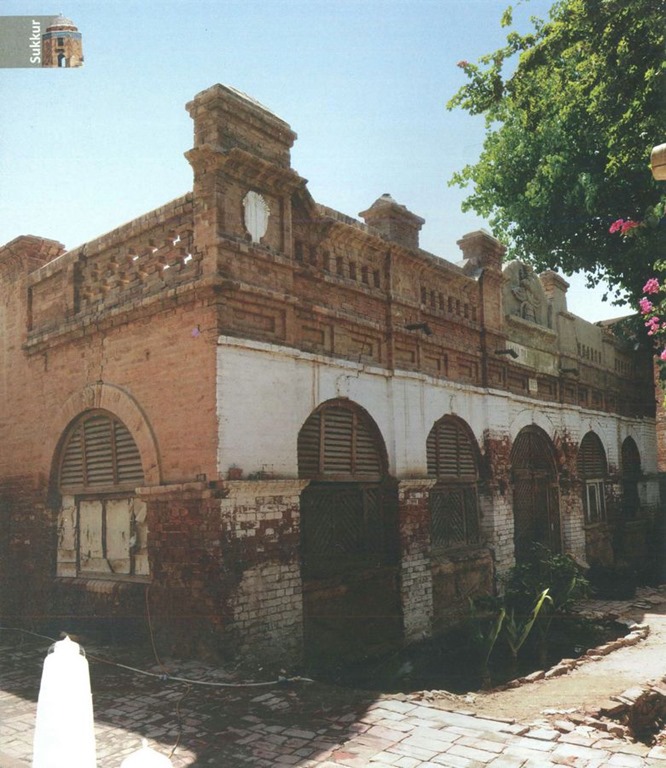
According to the Encyclopedia Britannica website, Zoroaster (551-628 BC) was an Iranian philosopher who had given religious philosophy. Carl Backkes writes in his book Satan, Fact or Fiction (p. 162, 2004) that Darius I (522-484 BC). ) had announced Zoroastrianism as the official religion and Zoroaster was considered a prophet. During the reign of Darius I, Zoroastrianism spread in Sindh and India.
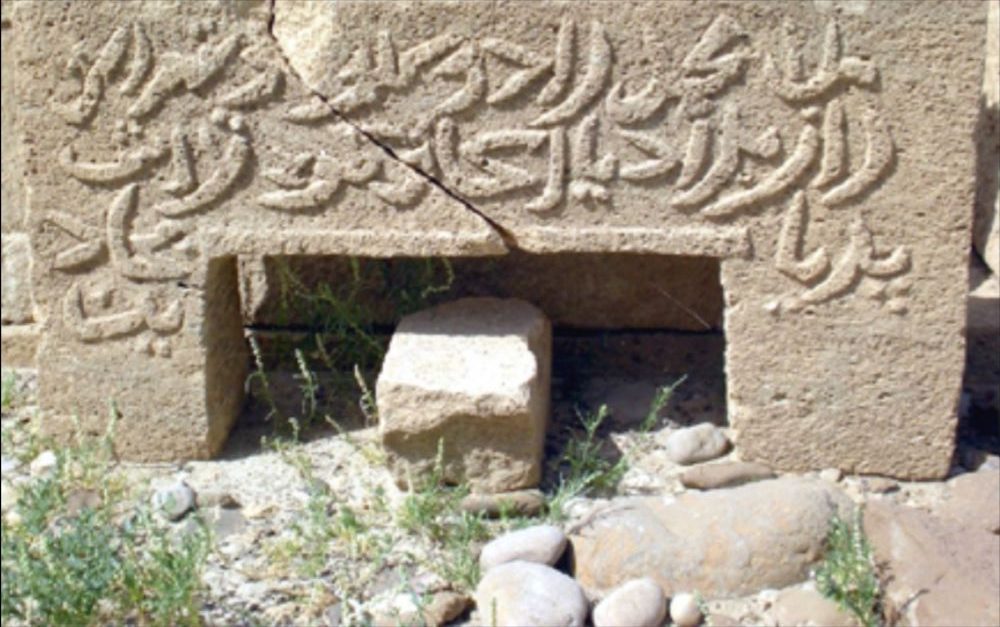
According to Encyclopedia Britannica, Zoroastrianism truly became the spokesperson of Zoroastrianism during the Sassanid Period of Iran (651-224 AD). During the Sassanid era, this religion flourished in Iran and gained strength in Sindh as well.
The book ‘Noble Prophet Muhammad’ (PBUH) p- 11 mentions the Battle of Qudsia in 637 AD. This war was fought by Arabs with Iran during the reign of Hazrat Umar (RA) and the Muslims conquered Persia. The Muslims forced the Zoroastrians to convert to Islam, but the Zoroastrians refused.
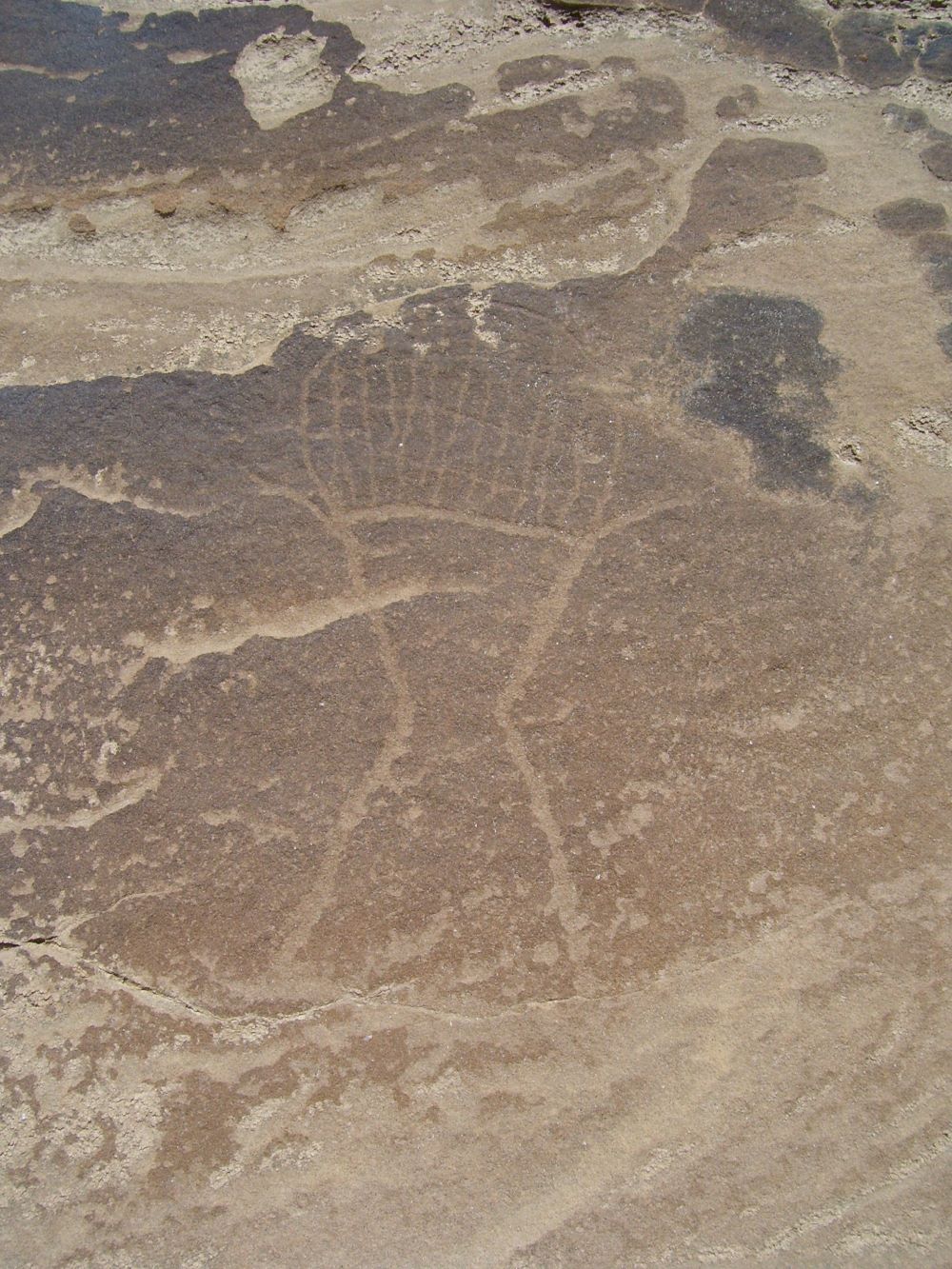
Selby McCalland in his book ‘Religions of the World’ (p-146, 1969) writes that because of the denial, the Muslims called them “Gabar” which means infidel. Author J.P Panjwani in his book “Many Paths, One Goal published in 2017, has written that as a result of saying them Gabars, the Zoroastrians called themselves “Bahadin” or “Behdin” which means of fresh or good religion.
From the 8th century AD to the 10th AD, the Parsis migrated from Iran to the Indian subcontinent
Mena Lyer’s book ‘Faith and Philosophy of Zoroastrianism’ (2009, page 44), has recorded that Zoroastrians invented a new language of communication “Dari” to hide their secrets and started speaking. They also started talking in Dari language on a daily basis. The Dari language is still spoken in Iran today. Later, through speculation, the Muslims declared the Zoroastrians to be the people of the book. The reason is that Zoroastrian was declared a prophet and his teachings were considered as god’s message.
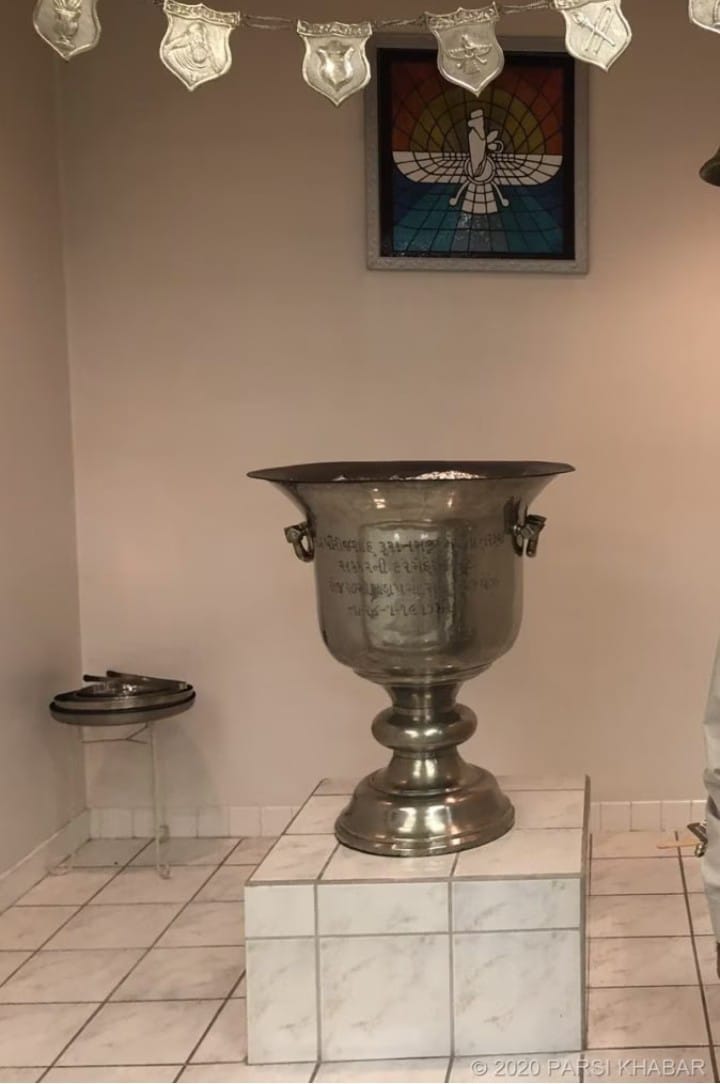
According to Britannica, despite this, the Zoroastrians did not feel safe and migrated from Persia. The Zoroastrians first settled near the Gulf of Iran. Later, from the 8th century AD to the 10th AD, they migrated to the subcontinent. Jesse S. Palsetia’s book ‘The Parsis of India’, published in 2001, states that the Parsis are the last generation of Zoroastrians who came to India to save their ancestral Zoroastrian religion.
In the 1950s, the Parsis left Sukkur and now the building and the lands of fire temple have been occupied by the local people
Ancient traces of Parsi’s or Zoroastrian’s religion have been found in Sindh. These archaeological sites are in Jamshoro and Dadu districts of Sindh. There is also carvings of word “Bahadin” on the stone slab of a grave near Wahi Pandhi at the foot hills of the Khirthar mountain range of Sindh. The fire temple of Zoroastrians is engraved on rock too in Khirthar Mountain Range.
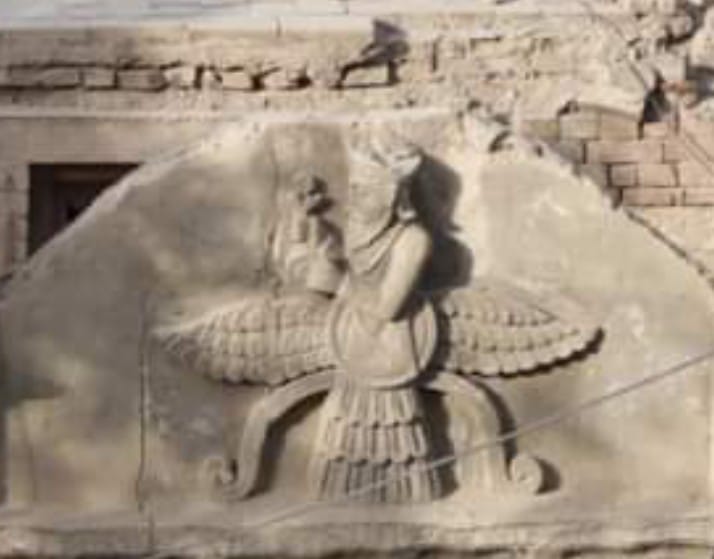
My research articles on these works are included in my books published in English and Sindhi language. But less has been written by research scholars of Sindh about the fire temple of Zoroastrians situated in Sukkur. Along with other historical places in the city of Sukkur, this heritage is also important. The Parsi or Zoroastrian’s fire temple and the tower of silence can also be observed in Karachi Sindh.
Antiquities department of Sindh should end the occupation and take steps for the restoration and conservation of this historical heritage
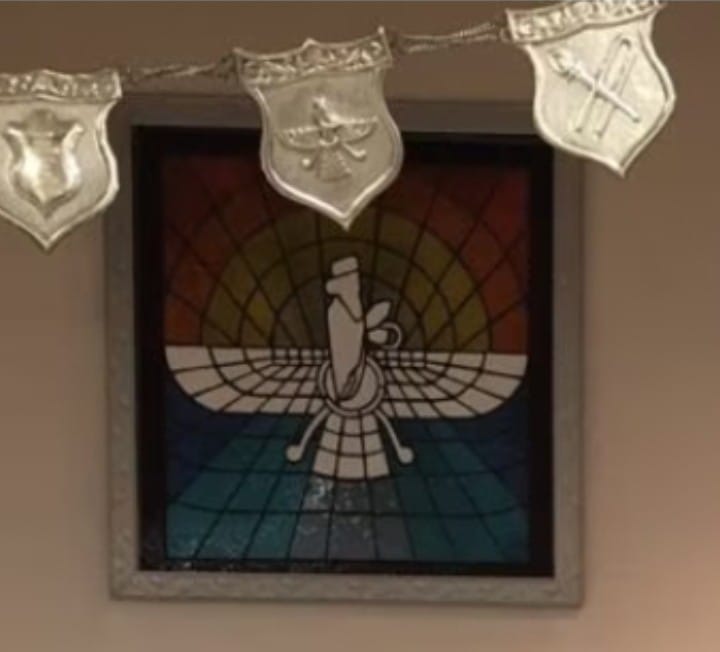
In the city of Sukkur, during the period of the British Raj, the Parsi fire temple was built in 1923, which is located near Vallance Road, Sukkur. Close to it is the Jamia Ashrafiya (Masjid) and the Fire Brigade Station and on the other side of the road opposite to fire temple is the St. Savior’s Church. MAMA PARSI (Fire Temple) is carved on the front side of the building as well as on the wall of inner side on wall of worship room. The area of the building is very large. The walls inside and outside the building are carved with images of the Parsi god Ahura Mazda. Inside the building there is a small pyre for lighting fire and worship, on top of which the image of Ahura Mazda is displayed.
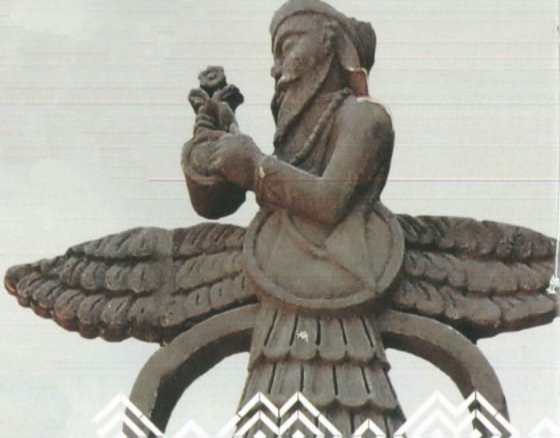
The rest of the building has rooms for living like Dharamshala. According to the Parsi newspaper “Khabar Parsi”, in the 1950s, the Parsis had completely left Sukkur. Now the building and the lands of fire temple have been occupied by the local people. This is the historical heritage of Sindh. The culture, tourism and antiquities department of Sindh should end the occupation and take steps for the restoration and conservation of this historical heritage of Sukkur Sindh.
_______________
 Aziz Kingrani, hailing from village Haji Manik Kingrani, Johi, Dadu District, Sindh, Pakistan, is poet, short story writer, playwright and a researcher. He has been contributing in the fields of history and literature. He has served as a professor as well. His 17 books are published in English and Sindhi language.
Aziz Kingrani, hailing from village Haji Manik Kingrani, Johi, Dadu District, Sindh, Pakistan, is poet, short story writer, playwright and a researcher. He has been contributing in the fields of history and literature. He has served as a professor as well. His 17 books are published in English and Sindhi language.